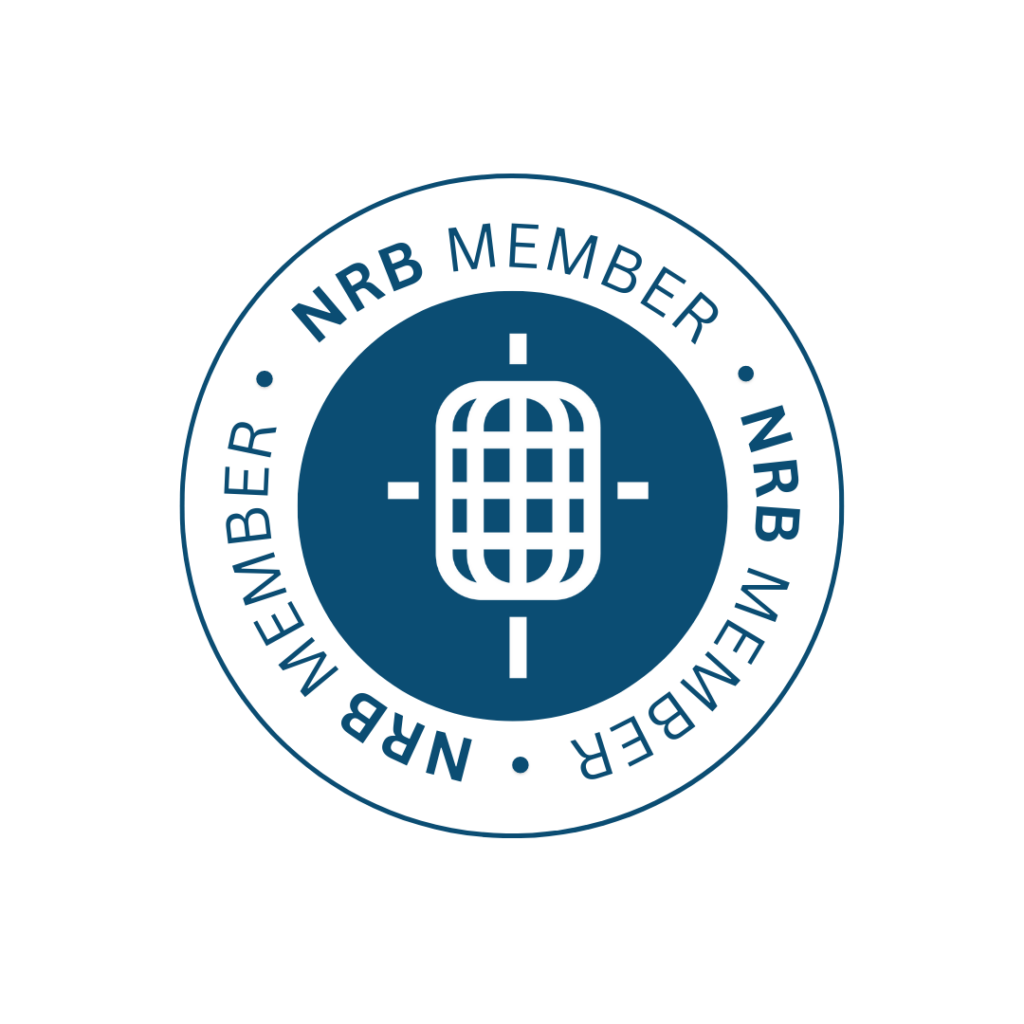8 STRATEGIES FOR FUNDRAISING IN AN ELECTION YEAR
As we look at the year ahead, one of the questions that gets asked over and over is “How will the upcoming election affect my fundraising?’ Although we can’t predict the future, we have been through a few election cycles in the past and what we can say is that with strategic planning and creativity, non-political organizations can still see success in their fundraising efforts.
Here are a few tactics that have helped our clients experience better results during previous election years:
EMPHASIZE YOUR IMPACT
It is always vital to communicate the impact of your organization’s work, but this is particularly true during a fundraising year. Highlighting success stories, testimonials, and concrete examples of how donations make a difference can reinforce for potential donors the reasons why they should give now.
DIVERSIFY YOUR FUNDRAISING CHANNELS
During an election year, competition for donors’ attention and fundraising regulations can change, creating unexpected hurdles in specific communication channels. Diversification of your fundraising channels and platforms is necessary to capture the attention you need from both active donors and potential donors. It can also help you adjust and pivot quickly when needed, ensuring you connect with donors wherever they are and offer them an opportunity to give.
EVOKE EMOTION THROUGH STORYTELLING
As you develop engaging and compelling fundraising campaigns, use storytelling techniques to connect the individual donor with the recipient of your organization in a way that evokes emotions and leads to deeper and more meaningful engagement. Consider messaging that aligns with current events or trends to capture attention and play off current media coverage when possible.
UTILIZE SOCIAL MEDIA EFFECTIVELY
Social media use has the potential to help increase visibility in a political year. Make sure to pay attention to social platform changes by watching for any notifications from the platform, and plan to test new post times and types of posts throughout the year. As competition for donors’ attention increases, you may find using different types of posts or times of day help you stand out in newsfeeds. And it won’t hurt to encourage your supporters to share your posts to widen your reach.
SEGMENT YOUR DONORS
Segment your donor base and tailor your communication strategies accordingly. Consider creating personalized messages based on donors’ interests, previous giving history, and demographics. This can make your outreach more relevant and impactful.
TIMING IS KEY
Be mindful of the timing of your fundraising campaigns. Avoid launching major campaigns during peak election-related periods when people might be overwhelmed with requests for political contributions. Some of these peak time periods often fall right before voting days or the days debates are scheduled in your area.
EXPRESS GRATITUDE
Thank your donors and show appreciation regularly and through multiple channels. Acknowledge their contributions, update them on your campaign’s progress, and demonstrate transparency in how their funds are utilized—show them the impact they have had. Building strong relationships can lead to repeat donations and increased loyalty.
ADAPT AND INNOVATE
Stay flexible and be willing to adapt your strategies based on feedback and results. Monitor the performance of your campaigns and adjust your approach as needed to ensure effectiveness.
Election years can present challenges—but that doesn’t mean your organization has to see a decline in revenue. Creatively using the strategies above and consistently keeping your needs in front of your donors throughout the year will help ensure continued growth. After all, your donors still have a heart for your mission—seeing you as a big part of what is right with the world—and a politically charged year can highlight the need for the good work they are a part of when they financially partner with you.
Remember, you are not alone in this journey. Stay true to your mission, maintain strong donor relationships, and adapt to the changing circumstances . . . you can lead your organization through the chaos and toward a brighter future.









